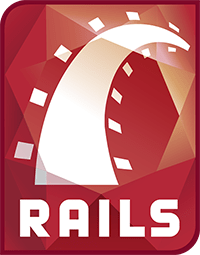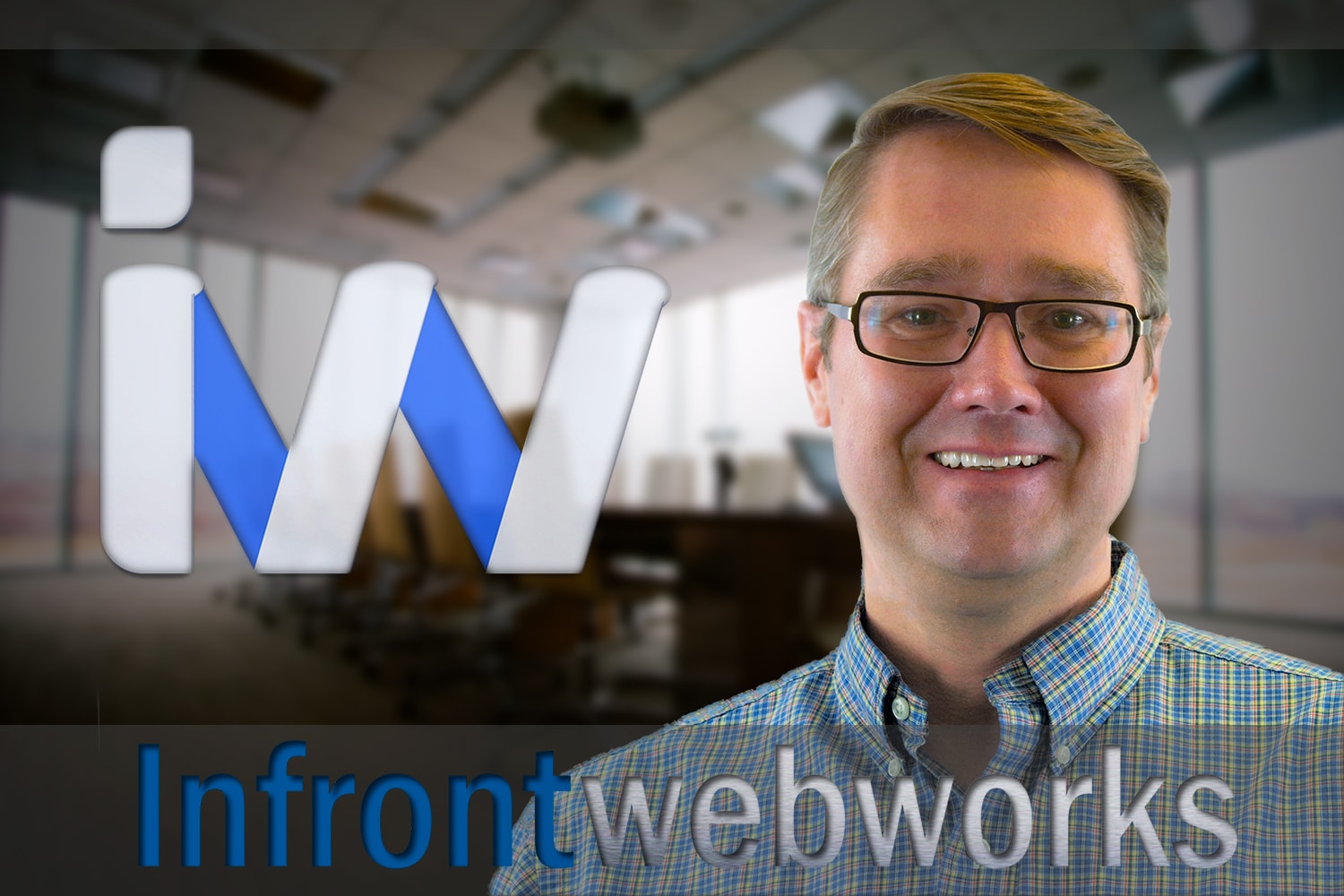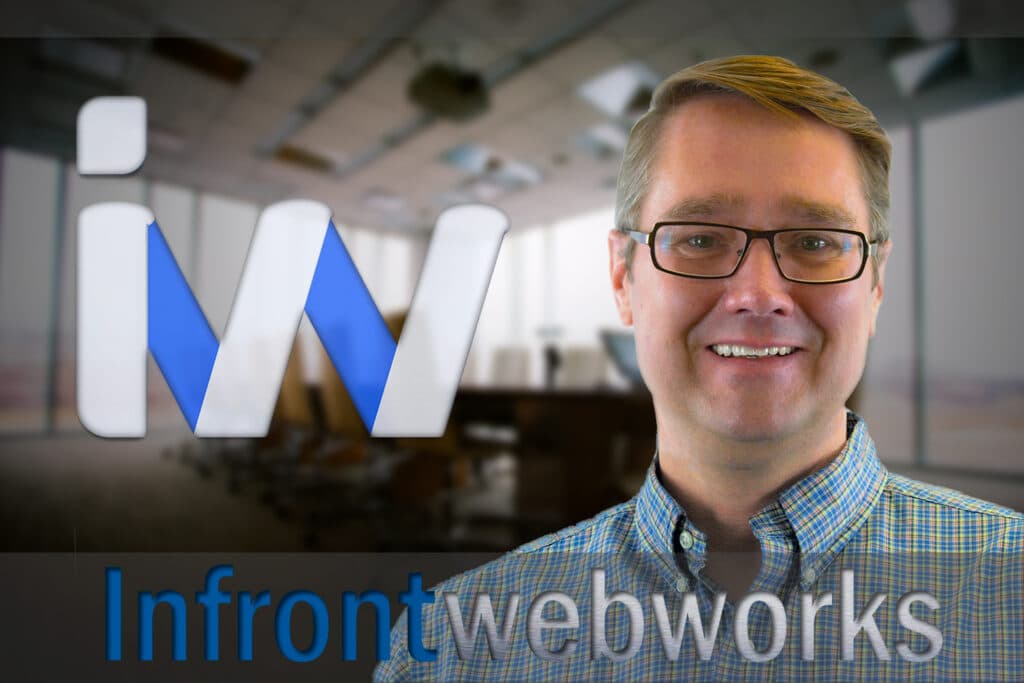When we have initial discussions with potential website design clients, one thing we always talk about is our Content Management System (CMS), called SiteWorks. SiteWorks is a CMS we built ourselves using an open-source web development framework called Ruby on Rails (often shortened to “RoR”).

People who aren’t familiar with web development usually say something like “Ruby what?” with a chuckle, because it sounds like a cross between candy and an amusement park ride. People who are already familiar with web development will also ask about it, but the question they ask is “Why did you choose Ruby on Rails?”
It really is a great question. There are so many languages available for creating a CMS: JAVA, PHP, ASP, Perl, Python, Cold Fusion, and many more. In truth, most of the large CMS’s in the open-source world today run on PHP using MySQL. Not all, but then the “big three” you’re probably familiar with—Worpress, Joomla, and Drupal—all do.
So to provide an answer to that question, here are five big reasons why we chose to build SiteWorks in Ruby on Rails:
- Significant Cost Savings: Ruby on Rails is essentially a free development toolkit, which runs on a free operating system (Linux) and works with multiple databases and web servers (most of which are free). In the past, we used a platform based on ASP (Microsoft’s “Active Server Pages”), and to do so, we had to pay not only for the operating system (Microsoft Windows) to host it but for the databases (Microsoft SQL Server) which store that data as well. By using a cost-free platform, we’re able to significantly reduce costs without sacrificing any speed, security, or performance.
- Rapid Development: Ruby on Rails is a rapid application development tool that allows us to model out website features quickly. We can go from modeling and estimating to actual development very rapidly. This helps us on larger projects where we have a discovery phase that requires us to figure out how easy or hard a new feature or functionality is to implement.
- “The Ruby Way”: this concept is easily understood by web developers, but it’s a little hard to explain if you’ve never built a website before. Essentially, the way Ruby on Rails was created, there is a consistency in the structure and methodology when writing code. The Model-View-Controller architecture that RoR uses makes it a lot easier to manage the code between developers. This means that an individual developer’s “coding style” doesn’t get in the way of writing the code, so passing off code from one developer to another involves a much shorter learning curve. This helps us tremendously when we need more than one developer on a project.
- Collaboration: The Ruby development community is extremely active and responsive. People are constantly developing code for talking with other APIs; as such, our developers have a much larger and more diverse toolkit to lean on.
- Future Demand and Adoption: since websites are moving further and further away from being static hubs of information and are becoming much more dynamic and interactive, lots of the newer web services that have launched recently run Ruby on Rails. Here’s a list of some of the websites built in RoR that you’re probably already aware of:
- Hulu
- Groupon
- LivingSocial
- SoundCloud
- ZenDesk
- Scribd
- YellowPages
- Basecamp
- Shopify
- Urban Dictionary
- SlideShare
- GitHub
So even if you don’t fully understand it, or perhaps don’t even want to know how it all works, we’ll just say that we really, really like Ruby on Rails… and you can be confident that it’s a great choice for a CMS. Over the past few years, we’ve designed, developed, and launched several hundred websites on SiteWorks, and it’s been a great success for both our company and the clients we serve. If you’re interested in learning more, check out our portfolio to see 400+ examples of websites we’ve done in the past, or feel free to contact Infront Webworks and we’d be happy to give you a demo of SiteWorks. See for yourself what lots of other great companies already know—Ruby on Rails is awesome!

Matthew is the President of Infront Webworks and is a New England native now calling Colorado Springs home. Matt attended The University of NH where he pursued a BS in Natural Resource Economics & Business Administration. Aside from Infront; Matthew has owned and managed two other online agencies based on the seacoast of New Hampshire and been a key player in multiple technology mergers & acquisitions. When he’s not bathing in technology, online marketing & business; he’s probably spending time with his wife and daughter, boating, skiing the trees, hiking or cooking..he is a foodie for sure!

